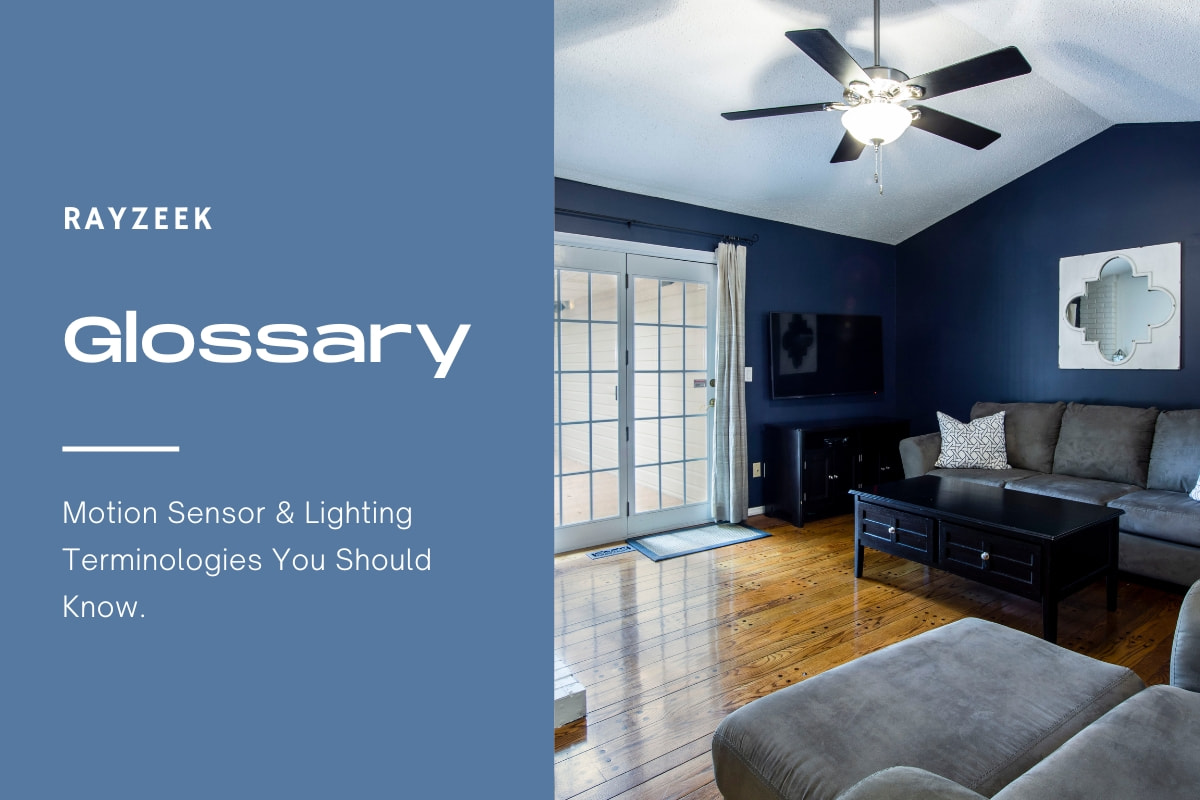What is Pulse Start Ballast
A pulse start ballast is a type of ballast specifically for pulse start metal halide lamps. Unlike traditional probe start ballasts, pulse start ballasts do not rely on a starting probe electrode. Instead, they utilize a high voltage igniter that works in conjunction with the ballast to generate pulses for starting the lamp. This pulsing technology offers several advantages.
One key benefit of pulse start ballasts is their ability to extend the life of the lamp by reducing lumen depreciation. This means that the brightness of the lamp remains more consistent over time. Additionally, pulse start ballasts are known for their energy efficiency, outperforming probe start ballasts in this regard. Furthermore, they are designed to perform well in cooler temperatures and from greater distances from the light source. This makes them suitable for various applications where these conditions may be present.
Looking For Motion-Activated Energy-Saving Solutions?
Contact us for complete PIR motion sensors, motion-activated energy-saving products, motion sensor switches, and Occupancy/Vacancy commercial solutions.
Frequently Asked Questions
What Happens if You Don’t Use a Ballast
Without a ballast, a lamp or bulb will experience a significant increase in its current draw, leading to uncontrollable behavior. The absence of a ballast prevents the power from stabilizing, which can be problematic when these lamps are connected to high power sources. However, with a ballast in place, the energy is regulated, preventing any sudden rise in current.
Should I Replace Ballast or Buy New Fixture
For improved energy efficiency, reliability, and durability, it is recommended to replace the ballasts rather than purchasing new fixtures. Older ballasts not only have energy efficiency concerns but also lack the reflective geometry that newer options provide.
What Size Ballast Is Best
The ideal size for ballasts ranges from 1.9 cm to 5.1 cm gauge. It is not recommended to use stones that are larger than 5.1 cm as the interlocking of stones of this size is superior to larger stones. Therefore, the most optimal ballast consists of stones that vary in size from 1.9 cm to 5 cm.
What Is the Most Common Ballast
The most frequently used ballast types include T12, T8, and T5. The T designation represents tubular, while the number indicates the diameter in 1/8 of an inch. The ballast type determines the lamp diameter, meaning that a fixture equipped with a T12 ballast must utilize a T12 bulb.
Do LED Tubes Need a Special Ballast
No, LED tubes do not require a special ballast. However, there are LED bulbs available that are designed to work with existing ballasts. These ballast-compatible or “plug-and-play” LEDs are specifically made to replace linear fluorescents, compact fluorescents, or HIDs. It’s important to note that incandescent and halogen lamps do not need a ballast.
Can I Put a T8 Ballast in a T12 Fixture
The primary distinction between T8 and T12 tubes lies in their diameter. T12 tubes have a diameter of 1.5 inches, whereas T8 tubes are only one inch in diameter. However, when it comes to socket sizes, lengths, and the distance between pins, both types are identical. Therefore, it is safe to say that T8 LED tubes can be installed in a T12 fixture without any issues or concerns.
Do I Need to Turn Off Breaker to Change Ballast
Shut off the power by turning off the circuit breaker that provides electricity to the fluorescent light fixture. If you have an older fixture with multiple ballasts, make sure to turn off all of them. To ensure there is no current flowing through the ballast wires, use a voltage tester to check for any presence of electricity.
Will LED Bulbs Work if Ballast Is Bad
Yes, LED lamps can still function even if the ballast is faulty, as long as they are equipped with an internal driver that is capable of operating without the need for a functioning ballast. For instance, Philips has developed a tube that is specifically designed to be compatible with an existing electronic ballast, allowing for a seamless plug-and-play experience.
Can I Bypass the Ballast for Plug and Play LED Lights
The plug and play LED lights function and appear similar to regular fluorescent tubes. One advantage of using plug and play LED tube lights is that they can be installed without the need for a ballast. This means that no additional modifications are necessary, making the installation process as straightforward as that of incandescent or other LED tube lights.









